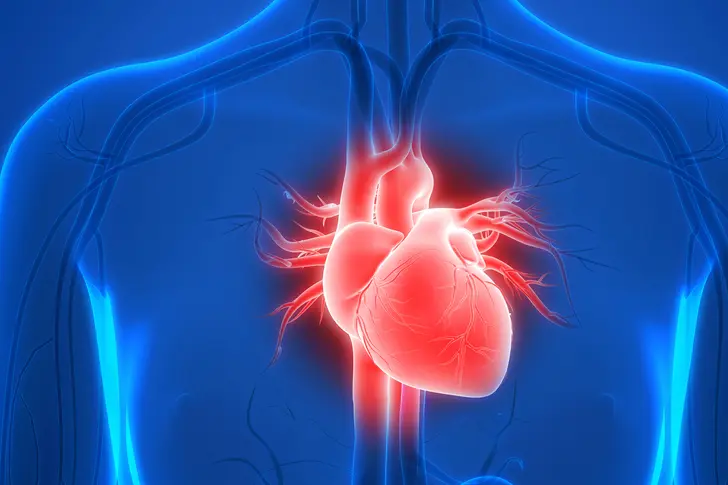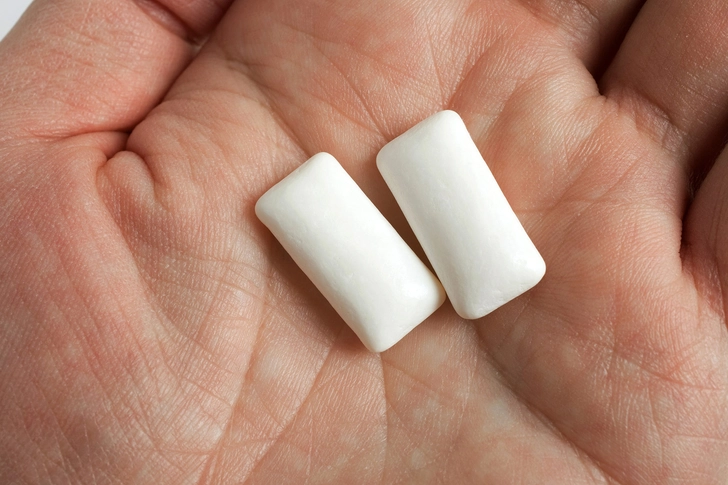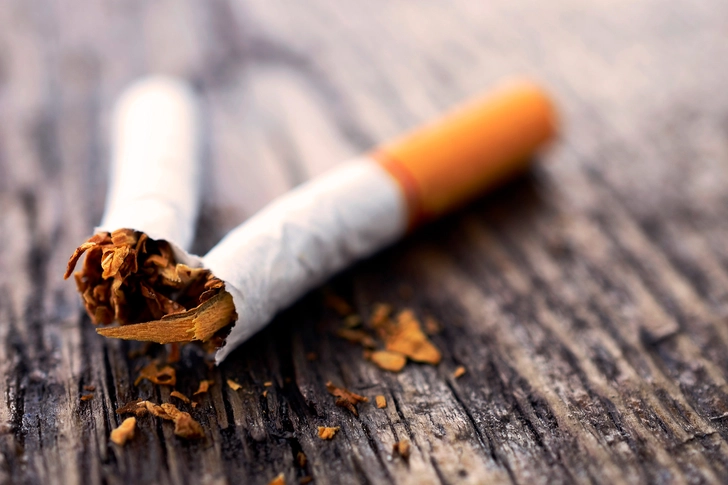- Overview
- Symptoms & Types
- Tests & Diagnosis
- Treatment
- Living With
- Appointment Prep
- View Full Guide
Quitting Smoking? What to Do When Cravings Hit



Kick Butts for Your Heart
It’s time to take your doctor’s advice to heart: Quit smoking. If you’ve already had a heart attack, you’re in danger of another. But if you give up cigarettes, you cut your risk by 50% or more. Of course, that’s easier said than done. Nicotine is addictive. Cravings are hard to resist, but they usually pass in a few minutes. If you know what to do when they hit, you’re less likely to give in and take a puff.

Remember Your Reasons
Your heart's health is a major reason for quitting, but there are probably plenty of others, like your family’s health or even the financial savings you’ll see. When you feel the urge to light up, keep those reasons top of mind. Try saying them out loud to yourself or writing them down in a notebook or on your phone. When cravings are really strong, you can wear a rubber band around your wrist and snap it as a cue to remember why you’re quitting.

Inhale, Exhale, Repeat
You may find relief in some slow, deep breaths. Focus on the pattern of air coming in and going out of your lungs to calm your mind and work through the craving. Inhale through your nose for a count of four. Make sure your belly is expanding and not your chest. Then, exhale out your mouth for a count of four. Continue the pattern for a few minutes until the craving has eased or passed.

Move!
Exercise is a fix for many common smoking triggers, like stress, boredom, and restlessness. It also boosts the “feel good” brain chemicals that lift your mood in the same way nicotine does. Take a few laps around your house or do a silly dance with your kids or grandkids. Try a few yoga poses, take the dog for a walk, or hop on your bike. Be sure you’ve talked to your doctor about what activities are safe for your heart first.

Spice It Up
If you miss the feel of a cigarette in your hand or mouth, then hold, chew on, or breathe through a cinnamon stick. Not a fan of the spice? Try sugarless lollipops, mints, or gum instead. Even breathing through straws or munching on carrots or celery may help. Try different things until you find one that works.

Go Public
You probably know that you can’t smoke in most public places. So go for a stroll at the mall, read a book at the library, visit a museum, or see a movie. You’ll be away from temptation and hopefully distracted from cravings, which should get better about 2 weeks after you quit.

Know (and Avoid) Your Triggers
Sometimes the best way to fight cravings is to avoid the routines that cue them up. Do you smoke after dinner? Instead, go for a walk or brush your teeth. If you’re used to having a cigarette when you drive to work, take a different route or catch the bus or train. If alcohol or coffee makes you crave a smoke, avoid those drinks for a few months while you kick the habit.

Try Medicine
Nicotine replacement therapy can cut down on cravings and withdrawal symptoms. It gives you a small dose of nicotine without the other toxic chemicals in cigarettes. It can double your chances of quitting for good. There are a few types -- patches, gum, and lozenges -- that you buy over the counter at drugstores. Another choice is a prescription medicine such as bupropion (Zyban) or varenicline (Chantix). Talk to your doctor about the best option for you.

Get Support
It’s hard to quit on your own. So reach out and ask others to help you stay on track. Maybe you just need a friend or family member you can call when a craving strikes. People in a support group may have great ideas about how to get through tough moments without lighting up. And there are many hotlines and apps you can use to connect to counselors, get quitting tips, and other help.

Be Prepared for Slipups
Sometimes, a strong craving comes on, even after you’ve been smoke-free for a while. Don’t be tempted to “smoke just one.” If you do slip up, don’t beat yourself up. Lapses are common and don’t mean you’ve failed forever. Think about why you smoked, and try to avoid that situation in the future. Take it one day at a time. Every day you don’t smoke is a victory.
IMAGES PROVIDED BY:
1) magicmine / Getty Images
2) Pineapple Studio / Getty Images
3) fizkes / Getty Images
4) evgenyatamanenko / Getty Images
5) Devonyu / Getty Images
6) photosoup / Getty Images
7) monkeybusinessimages / Getty Images
8) monkeybusinessimages / Getty Images
9) monkeybusinessimages / Getty Images
10) Pam Walker / Getty Images
SOURCES:
Cleveland Clinic: “Smoking.”
Swedish Cancer Institute: “Nicotine Dependence: How it Happens,” Your Toolbox to Quit Tobacco for Good.”
National Cancer Institute: “Clearing the Air.”
Quit and Stay Quit Mondays: “Use Deep Breathing to Get Through Cravings.”
KidsHealth: “How Can I Quit Smoking?”
American Cancer Society: “Quitting Smoking: Help for Cravings and Tough Situations.”
Foundation for a Tobacco Free World: “The Boilerplate Points of Quitting Smoking.”
Karina DiLuzio, certified tobacco treatment specialist, Allina Health, Minneapolis.
American Psychological Association: “The Exercise Effect.”
Smokefree.gov: “QuitSTART,” “Using Nicotine Replacement Therapy,” “Medications Can Help You Quit.”
Mayo Clinic: "Quit-smoking products: Boost your chance of success."